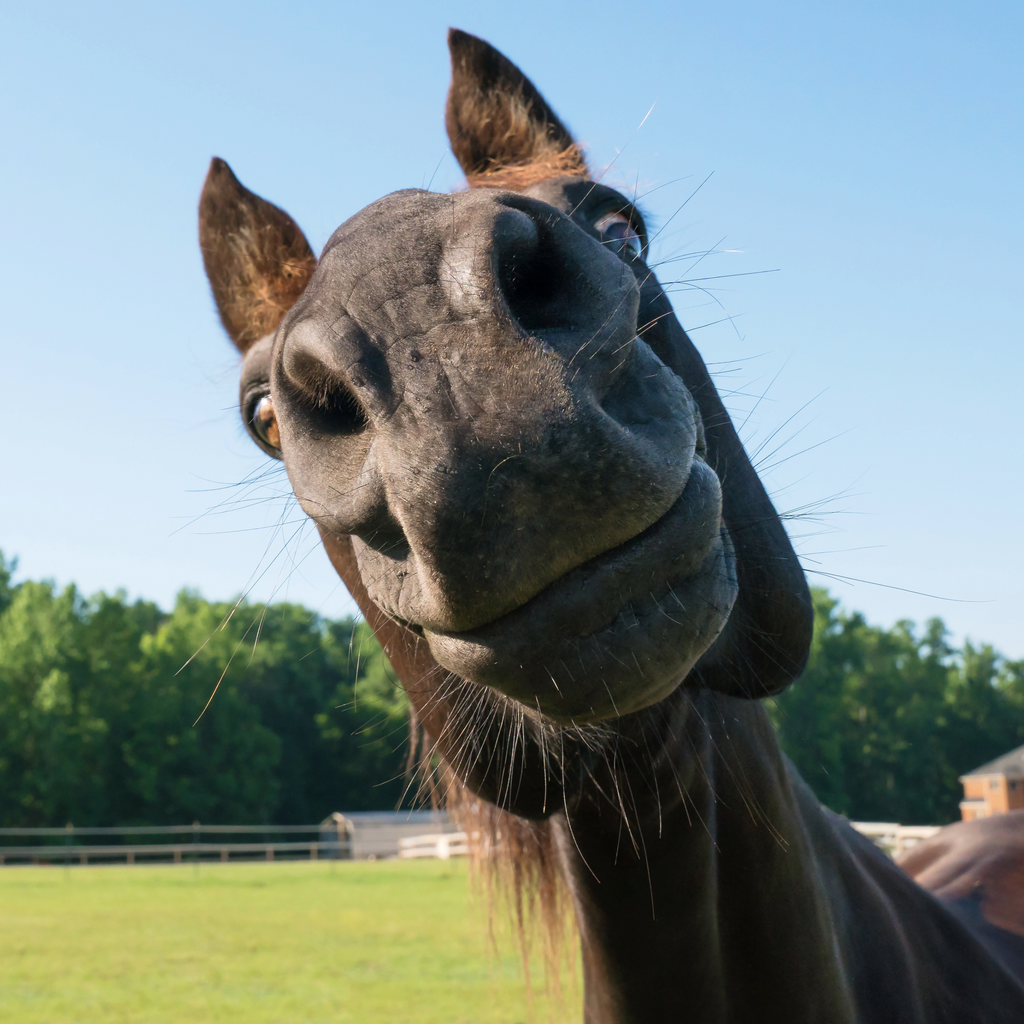Harnessing the Power of Magnetism: How Magnetic Therapy Products Help Older Horses
As our equine companions age, their bodies undergo a natural process of wear and tear, much like humans. The aches, pains, and stiffness that come with aging can also affect our older horses, impacting their overall well-being and quality of life. While traditional veterinary care and management practices play a crucial role, alternative therapies are gaining traction for their holistic approach to promoting healing and relief. Among these, magnetic therapy has emerged as a promising avenue for enhancing the lives of senior horses.
Understanding Magnetic Therapy:
Magnetic therapy involves the use of magnets or magnetic fields to promote healing and alleviate pain. The idea is based on the principle that electromagnetic fields can interact with the body's natural electromagnetic field, stimulating cellular activity and improving circulation. This, in turn, can aid in reducing inflammation, increasing blood flow, and enhancing the body's natural healing processes.
Why Older Horses Benefit:
As horses age, they are prone to a range of conditions that can impede their comfort and mobility. These may include arthritis, joint stiffness, muscle tension, and even circulatory issues. Here's how magnetic therapy products can make a positive impact on the well-being of older horses:
1. Pain Relief: Magnetic therapy is known for its potential to provide natural pain relief. The magnets help stimulate the production of endorphins – the body's natural painkillers – which can be particularly beneficial for horses dealing with chronic discomfort due to arthritis or other musculoskeletal conditions.
2. Enhanced Circulation: Improved blood circulation is crucial for delivering nutrients and oxygen to cells while removing waste products. Magnetic therapy can enhance blood flow, aiding in the healing of damaged tissues and promoting overall wellness.
3. Reduced Inflammation: Inflammation is a common issue in aging horses, often linked to joint problems. Magnetic therapy has been shown to have anti-inflammatory effects, helping to alleviate swelling and discomfort in affected areas.
4. Muscle Relaxation: Stiff and tense muscles are common in older horses. Magnetic therapy products can help relax muscles, reducing tension and improving flexibility. This can lead to increased comfort and a greater range of motion.
5. Non-Invasive: One of the major advantages of magnetic therapy is that it is non-invasive. Older horses may not tolerate more aggressive treatments well, and magnetic therapy provides a gentle yet effective approach to managing their conditions.
6. Complementary Approach: Magnetic therapy can be used alongside traditional veterinary treatments, making it a valuable complementary approach. It can enhance the effects of medications or other therapies prescribed by veterinarians.
Choosing the Right Products:
When considering magnetic therapy for older horses, it's important to choose high-quality products that are specifically designed for equine use. Magnetic blankets, wraps, boots, and patches are among the options available. Consultation with a veterinarian is recommended to determine the best course of action and to ensure that the therapy is appropriate for the horse's specific needs.
As our equine companions age, it's our responsibility to provide them with the best care possible to ensure their comfort and well-being. Magnetic therapy products offer a gentle and non-invasive way to promote healing, relieve pain, and enhance the overall quality of life for older horses. While not a replacement for traditional veterinary care, these products can serve as a valuable tool in managing the challenges that come with aging, helping our senior equine friends enjoy their golden years to the fullest. Always remember to consult with a veterinarian before incorporating any new therapy into your horse's routine.










